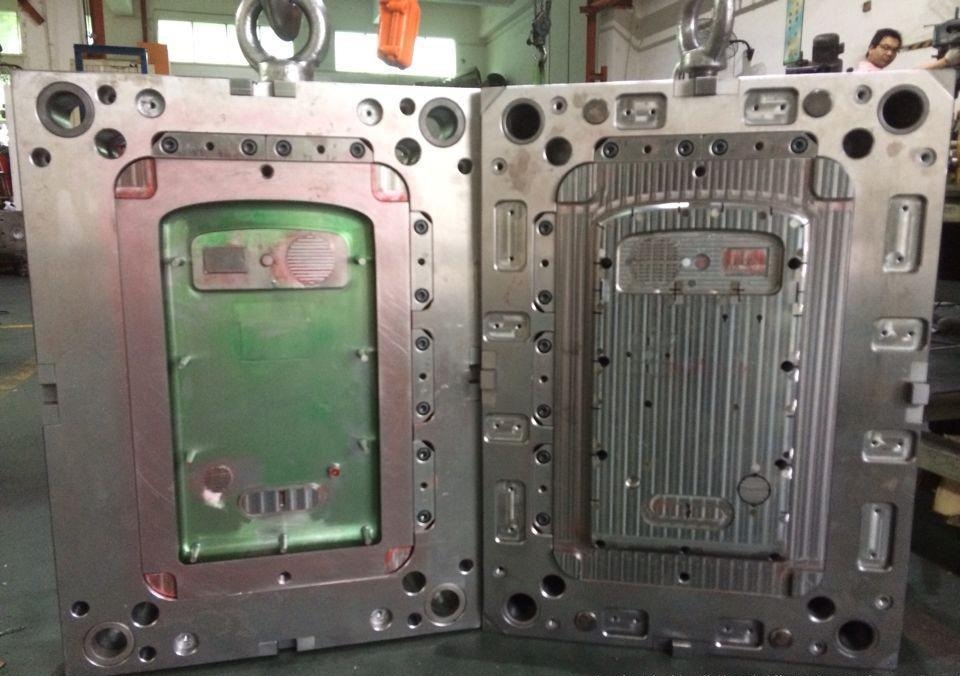
Folks,
When you’re developing a new hardware product, once you get past the prototype and proof of concept stage, chances are you’ll need to buy some form of tooling. Be it injection molded plastics, die cast metal, metal injection molded (MIM) or blanked & stamped parts, at some point, you’ll need to commit to custom tooling.
While there are several baby steps that you can take before ordering production tooling (“soft” tools such as cast silicone or urethane and slush molding, aluminum & mild steel single cavity molds, 3D printing, etc.) once you’ve pinned down the design, it’s time to order real tools.
When we order and buy tools, we follow a checklist that was developed after many years and a few misadventures. It’s summarized below:
1. Project Scope
Consider the production requirements of your project: number of units to be ordered in Year 1, 2 and 3; appropriate number of tools and cavities; press capacity/capability of the molder (can they scale to a larger multi-cavity mold as your volume grows or add additional tools on smaller presses to keep up with the demand?); as your design evolves and product extensions are introduced, are options such as inserts, over molding and in-mold decoration, assembly available?
You should partner with a molder that’s flexible and can grow with you. If you can avoid moving the tools, you should.
2. Triple Quote the Tools
While this seems obvious and a basic tactic of procurement, it’s surprising how many companies reflexively single quote their “go-to” molding vendor.
Don’t do it! While it’s important to have multiple quotes for any project, it’s more critical when your parts require a specialized mold. There’s a lot of variation in tooling production techniques which impacts pricing. This is magnified when the molder uses a third party tooling vendor to make the molds (more on this below).
3. Mold Flow Analysis
We perform design reviews on all of our clients’ new designs and then carry out mold flow analysis. This allows us to predict the appearance and quality of the finished parts before pulling the trigger and ordering this molds. It also helps us to maintain their design integrity. Further, it gives us the opportunity to recommend small changes (“Can we change this radius a couple of degrees? It will reduce the cost of the tool by $7800.00…”) that save time and money.
4. Mold Specifications
Consider the grade of steel and finishing operations (hardness and surface finish) called out on the tooling quote. Those variables help to define the and number of shots (yield of molded parts before the tool needs to be retired) and the quality of the finished parts.
Related to this, what’s called out for mold & part validation? Can you send your representative to the factory to conduct mold trials? How many “Tool Grooms” (T-0, T-1, T-2, etc) are included without triggering an additional charge? And what is the number of complimentary samples included in the trial?
5. Allow Sufficient Time
Everyone is rushed. There’s never enough time – we know this. Complex tools take a minimum of four weeks and often six weeks to turn. If a vendor quotes two weeks, find a new one.
6. Commercial Language in the Contract
Reasonable tooling vendors will request a down payment of 50% with the balance being paid upon your approval of the tool and parts. Unreasonable vendors want a much larger down payment or total payment up front.
Other elements of the tooling contract focus on the life of the tool (number of shots) and often replacing the tool gratis once you’ve achieved some “parts purchased” threshold. Other language defines who actually owns the molds. It should be you – it generally doesn’t work in your favor to amortize the cost of the tools in the finished part price. You should be guaranteed the right to “pull” or transfer the molds to a different vendor, with some reasonable notice. And if the molder is outsourcing the tooling generation to a third party, this should be clearly defined.
We’ve crafted a tooling agreement (it’s bilingual Chinese-English, especially helpful in Asia) that clearly lays out the conditions that we’ve learned is advantageous for our clients. You can find it by following this link:
http://www.eb-intl.com/china-tooling-agreement/
[Please don’t construe this as legal advice… You’re free to use it and you’re also free not to use it.]
Purchasing tooling shouldn’t be a trial (though it should include a mold trial). Follow our checklist for a more predictable and profitable experience.
Cheers,
Jack Daniels
+1.617.285.2486
